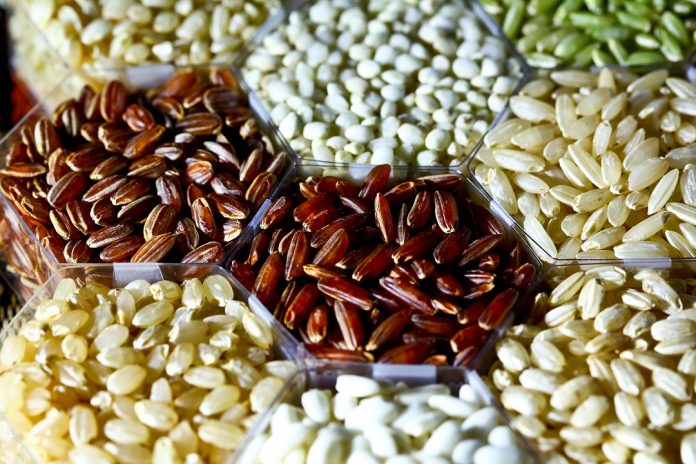Can Sub-Saharan Africa Feed Itself? A New Entry Point to An Old Question.
- From
-
Published on
21.02.19
- Impact Area

This post originally appeared in African Leadership Magazine
Can sub-Saharan Africa feed itself: This is a question that has been asked for decades, but no satisfying answer has been found up to now—and is unlikely to be found in the near to medium-term future. Why?
The region is adding more than 1 billion people over the next 30 years, in just over a single generation. Most of the added population will reside in urban areas and demand more access to dairy and meat products, as well as to cereals, vegetables and fruits, fats, oils and sugars than the previous generation did, which resided largely in rural areas. This projected increase is juxtaposed with continued low agricultural productivity compared to the rest of the world. Cereal yields in 2016 (centered 3-year average across 2015-2017) averaged 1.5 tons per ha in Sub-Saharan Africa, compared with 7.2 tons in North America, 4.8 tons in South America and 4.1 tons across Asia. While recent growth in Sub-Saharan Africa has been remarkable, at 1.8 percent per year, at…
![]()
Related news
-

ICRISAT to Deliver World-Class Services as CGIAR’s Breeding Resources South Asia Hub
International Crops Research Institute for the Semi-Arid Tropics (ICRISAT)07.07.25-
Biodiversity
-
Food security
Strategic collaboration to scale innovation and deliver harmonized, high-quality support across CGIA…
Read more -
-

Shaping policy changes for a sustainable cropping system in Uttar Pradesh, India
International Rice Research Institute (IRRI)03.07.25-
Food security
by Dr. Proloy Deb and Dr. Swatantra Dubey The Central Plain region of Uttar Pradesh…
Read more -
-

KOICA, UPLB, IRRI Partnership Establishes a Genomic Powerhouse to Future-Proof Agriculture
International Rice Research Institute (IRRI)01.07.25-
Food security
LOS BAÑOS, Philippines (26 June 2026) — KOICA, UPLB, and IRRI came together to showcase…
Read more -
